6. Reality Bites (1994)
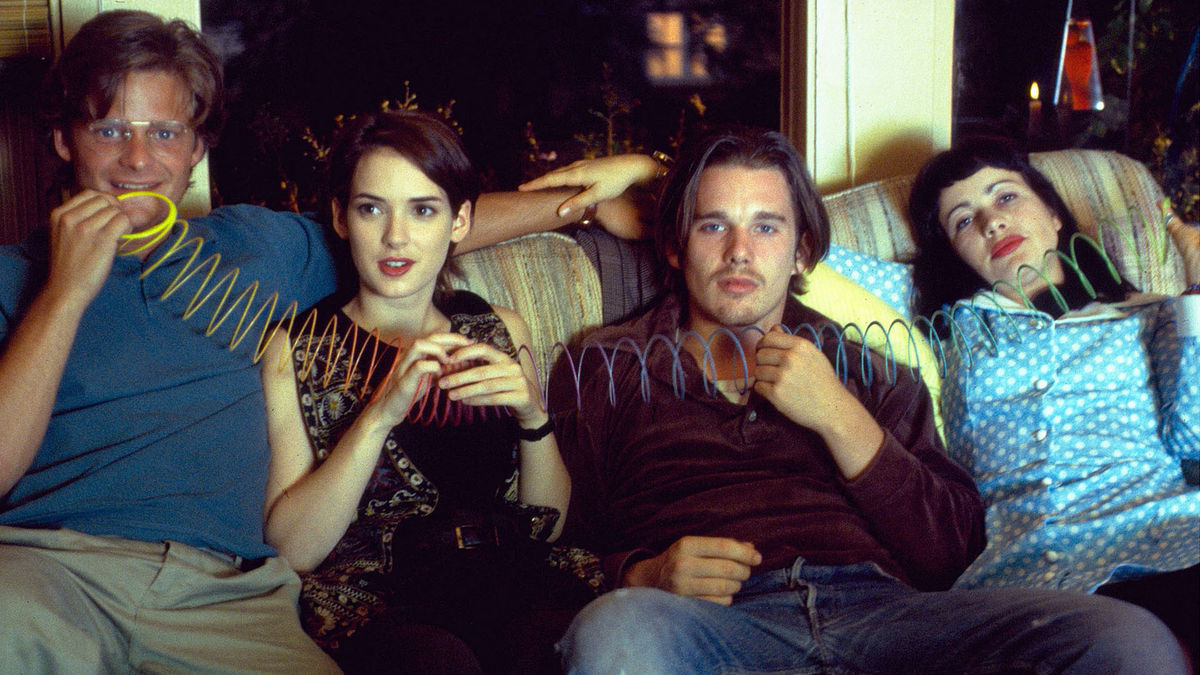
While it is often considered the quintessential Gen X film, Reality Bites is kind of a paradox. It is a studio film about the anxiety of “selling out”, a mainstream packaging of the ideals and concerns of disaffected, grungy twenty-somethings. It follows four recent college grads navigating a demeaning job market as they try to sort out their identities. It chiefly centers on the choices of former valedictorian Lainey, portrayed by “Heathers” star and Gen X royalty Winona Ryder. She films a documentary of her friends and begrudgingly sells it to a network that repurposes it as an inane “Real World” type show. Instead of removing secrecy around real issues like AIDs and LGBTQ acceptance, which the film itself addresses in subplots, Lainey and her friends are reduced to stereotypes who care a lot about pizza.
Primarily, however, “Reality Bites” focuses on relationship drama and the choice between a well-intentioned yuppie and a toxic couch philosopher. The romance has not aged well as it seems to largely consist of said couch philosopher pursuing Lainey by negging her until she wears down. But this aspect has long been omitted from the sunny legacy of the film with fans rightfully choosing to reminisce more about the simple joy of dancing to “My Sharona” in a gas station. In the thick of youthful struggle, the characters take time to live in the moment. Because what else could they do? It’s also, and this is arguably its greatest impact, an immortal reminder to every woman who once tried Janeane Garofalo’s bangs that our foreheads vary wildly.
7. Boyz n the Hood (1991)
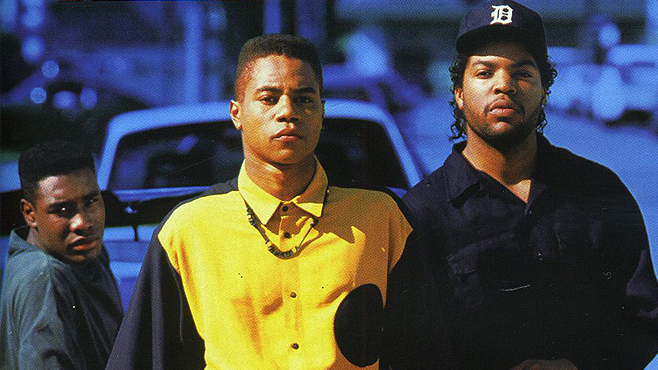
The late John Singleton was 23 years old when his debut feature “Boyz n the Hood” brought the reality of gang violence into the public consciousness. A gritty coming-of-age tale, it examines the prospects and dangers for young black men growing up in South Central Los Angeles in the 80’s and early 90’s. It ends in multi-layered tragedies that offer more breadth and depth than other work on the same subject. Though all the performances are nuanced and emotional, Laurence Fishburne stands out as a particularly powerful mouthpiece for the entire film’s message of solidarity over violence. It also features breakthrough roles for many successful black actors of the 90’s and the acting debut of N.W.A. member Ice Cube.
“Boyz n the Hood” doesn’t just preach togetherness and peace, it doles out hard truths of how and why that togetherness was never fostered. You see the entire childhood and adolescence of three boys trying to carve out different futures in a community designed to encourage failure. It lays out the structural problems and white America’s willful ignorance of it in an even more didactic way than “Do the Right Thing”. Soberly addressing the more complex issue of black-on-black crime, Singleton focuses on its effect on families and close friendships. When a crucial character is gunned down in a drive-by, the film’s most unforgettable sequence, you witness the raw pain of his loved ones mourning him. His once promising but stolen future is not a statistic.
8. Clerks (1994)
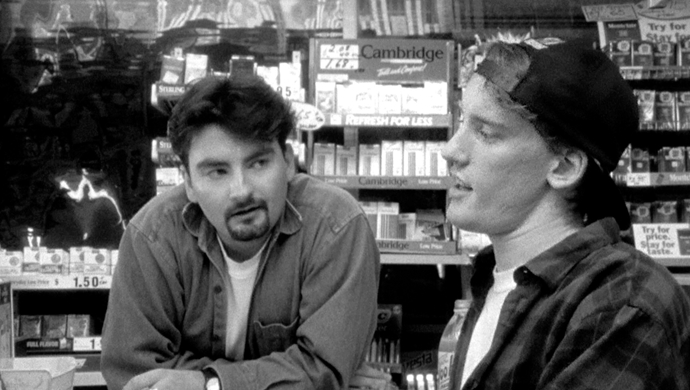
There are few indie successes in American film history like “Clerks”. Looking like an unwatchable student film at first glance, the cult classic is bolstered by filmmaker Kevin Smith’s unusually raunchy yet sophisticated dialogue. Chronicling a day in the life of two New Jersey clerks (one working on his day off), Gen X could empathize with the characters and the apathy they earned through working dead-end jobs. They could especially empathize with handling unfathomably dense or difficult customers. The filming process also earns a medal of honor for exemplifying Gen X’s prized D.I.Y. ethos. Using what he had, his job at a convenience store, Smith worked day shifts there and shot at night.
The cast featured local actors, locals with no acting experience, and friends of the director. The other interesting aspect of the film is that the best performances came from some of the cast members without acting experience. The impact of this tiny movie on indie comedies was enormous. “Clerks” was “Pulp Fiction” for every aspiring filmmaker that didn’t have everything Tarantino had access to.
9. Kicking & Screaming (1995)
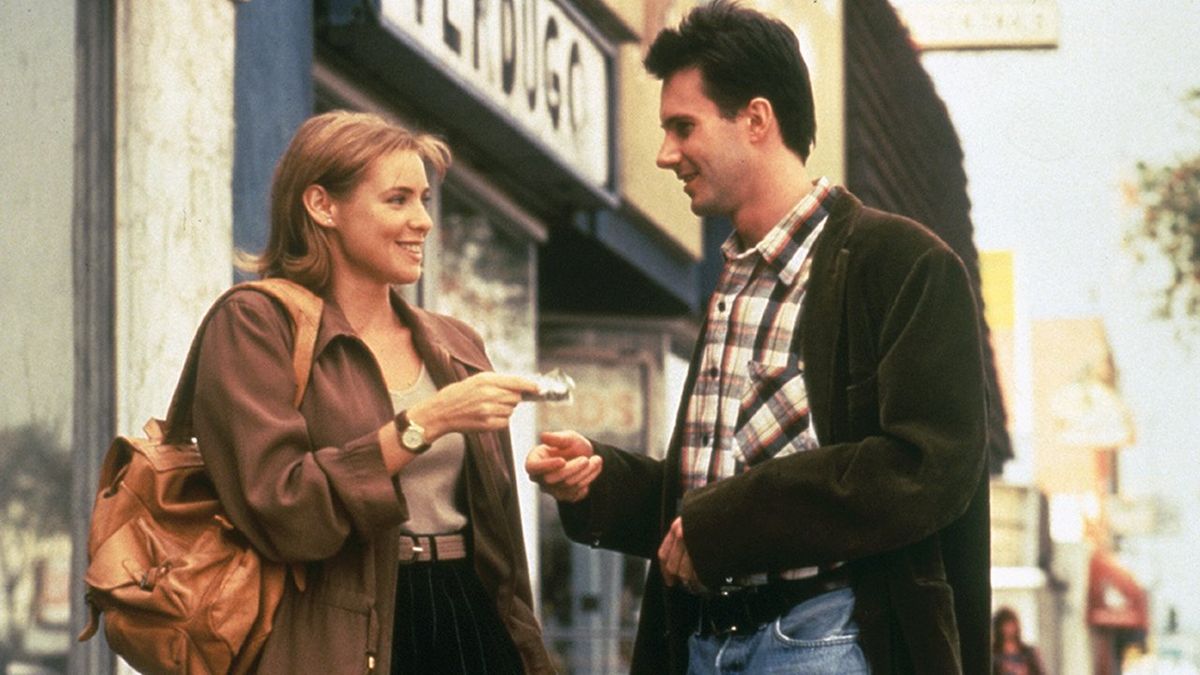
Few filmmakers make the angst of the privileged over their many options as tolerable as Noah Baumbach. “Kicking & Screaming”, an examination of semi-intellectual young men unable to cut the cord from college, is chock full of the self-absorbed and neurotic pondering Baumbach is known for. The highly educated but immature protagonists drown themselves in bar trivia and nostalgia, even welcoming guidance from a bartender considered a permanent student. Used to taking things a semester at a time, they now stare down the barrel of the rest of their lives.
While the film explores terrain Baumbach perfected later with “Frances Ha”, “Kicking & Screaming” is still an enjoyable time capsule of middle class young people in the 90’s. Honestly, the real highlights are known scene-stealers Parker Posey (Gen X’s true indie queen) and Chris Eigeman, who make even the mildest one-liners heavy with personality and comedic timing.
10. Wayne’s World (1992)
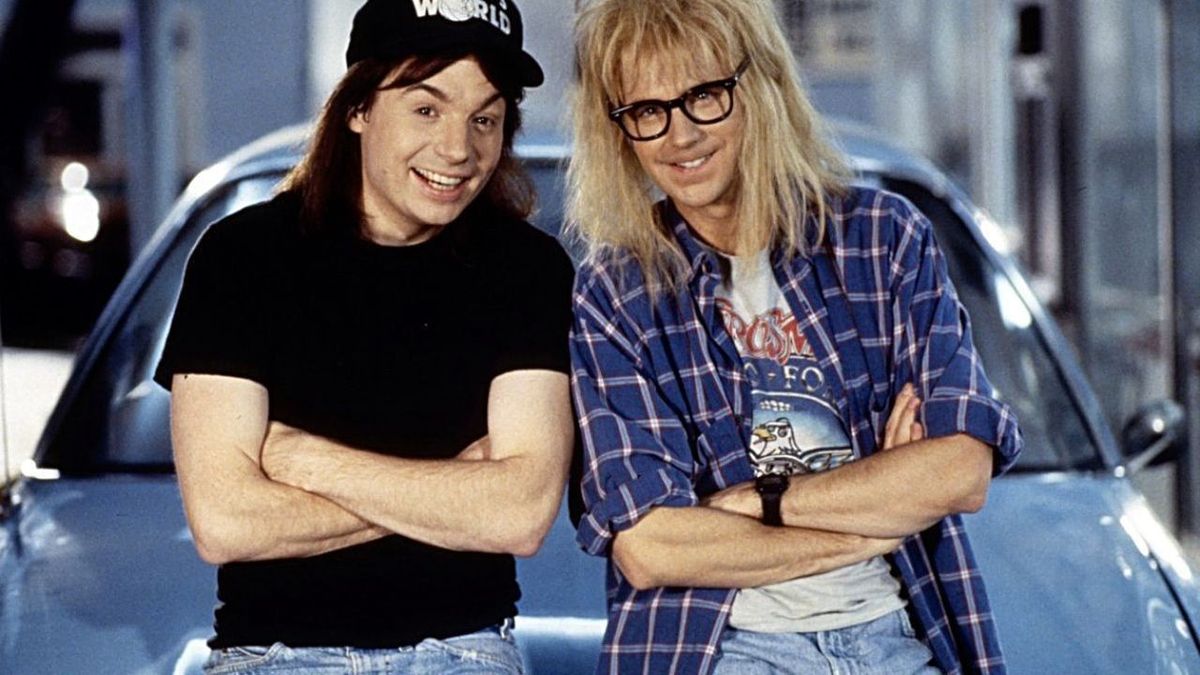
One of very few successful films based on characters from “Saturday Night Live”, Penelope Spheeris’s “Wayne’s World” is a rare and shining example of the goofier side of Gen X cinema. Metalhead slackers Wayne Campbell and his best friend Garth Algar – comedy legends Mike Myers and Dana Carvey, respectively – host a public access show in Wayne’s parents’ basement. A sleazy TV producer discovers it and convinces Wayne and Garth to let him transform it into a professional production for a local TV station. Immature antics ensue.
“Wayne’s World” is not as tormented by the prospect of selling out like “Reality Bites”, but it is just as anti-establishment albeit in a more playful way. Not only are the corporate suits the villains, the film casually mocks sponsors and most other forms of “the man.” It mocks mainstream media’s approach to reproducing authenticity for the young audiences that crave it. For instance, when Wayne’s show moves beyond public access, the new set is an unnecessary recreation of his basement built on a soundstage. Another oft-noted highlight is a meta approach to product placement back when it wasn’t ubiquitously lampooned.
“Wayne’s World” is essentially a cartoon, using its roots in a short form medium to cater to short attention spans. Its iconic sequences shoot it out of its own universe into “Bohemian Rhapsody”, into “Terminator 2”, into “Laverne & Shirley”. While it was an exceedingly studio film, it has a chaotic good energy that is its own Gen X rebellion and endures to this day.